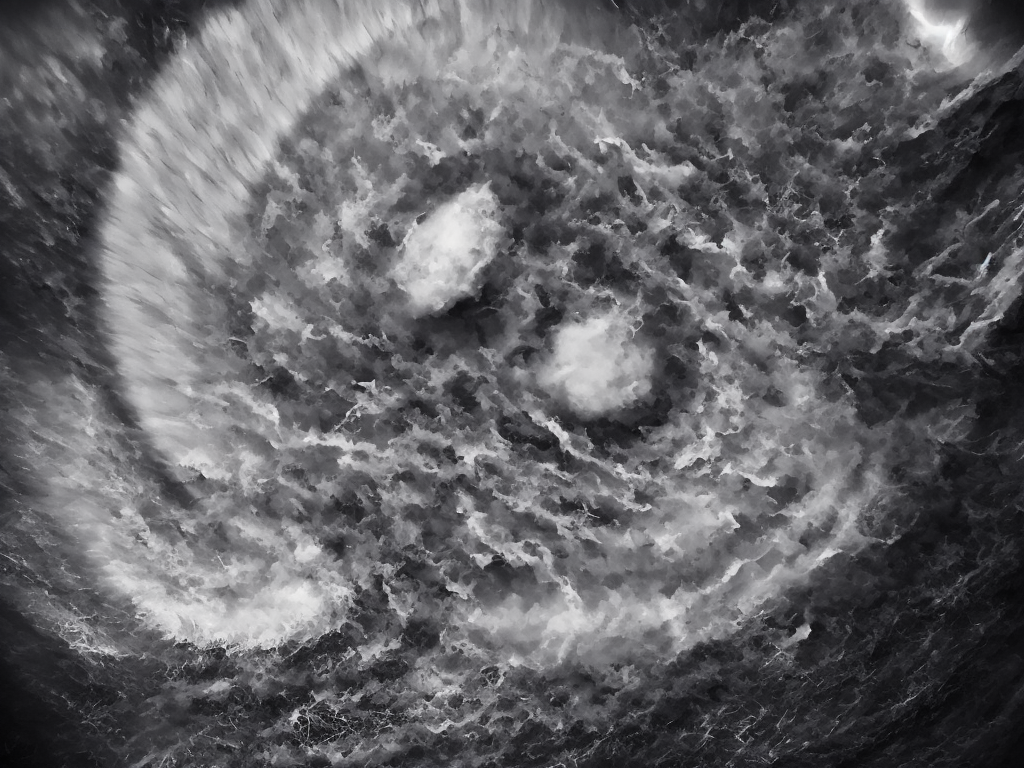
As someone who lives in an area prone to natural disasters, you've likely heard the terms "watch" and "warning" many times before. However, it's possible that you're not entirely sure what these terms mean and how they impact you. In this article, we'll explain the difference between a watch and a warning and what you should do when either is issued.
First, let's define what a watch and a warning are in general terms. A watch is a statement issued by the National Weather Service (NWS) that conditions are favorable for a certain type of weather event. Essentially, a watch alerts you that something may happen, but there are still certain unknowns to be addressed, such as the exact location and intensity of the storm.
On the other hand, a warning is a much more serious statement issued by the NWS indicating that a particular weather event is imminent or is already occurring. When a warning is issued, you should take immediate action as the event is expected to be dangerous and there's little time to prepare.
Now, let's go into more detail about the differences between a watch and a warning for different weather events.
Severe Thunderstorm Watch vs. Warning
When a severe thunderstorm watch is issued, it's an indication that there is a possibility of severe thunderstorms developing in the area. This means that conditions are favorable for severe thunderstorms, but it's not a guarantee. During a severe thunderstorm watch, you should monitor the forecast and be prepared to take action should the watch turn into a warning.
In contrast, a severe thunderstorm warning means that severe thunderstorms are already occurring, or imminent, in the affected area. This warning means you should seek shelter immediately, as it's likely that this storm is producing intense winds, hail or tornadoes. When a warning is issued, it's important to listen to local news and emergency management officials and follow their instructions.
Tornado Watch vs. Warning
Similar to a severe thunderstorm watch, a tornado watch is issued when there is the possibility of tornadoes in the area. During a tornado watch, you should prepare your emergency kit, make sure your mobile phone is fully charged and monitor local weather reports. As tornado watches have no set timeframe, you need to remain vigilant until the watch is lifted.
However, a tornado warning is issued when a tornado has been spotted in the area or is imminent. In this scenario, it's essential to take immediate action to protect yourself and your loved ones. Move to the lowest level of a sturdy building or basement, and stay away from windows. If you're outside and unable to find shelter, find a low-lying area such as a ditch or culvert.
Hurricane Watch vs. Warning
When a hurricane watch is issued, it means that hurricane conditions such as intense winds, heavy rainfall, and flooding are possible within a certain area over the next 48 hours. When a watch is issued, you should ensure that you have an emergency kit ready, secure outdoor furniture, and monitor local news and weather reports frequently.
In contrast, a hurricane warning means that hurricane conditions will hit the area within 36 hours. When a warning is issued, you should make preparations to evacuate if necessary. If you're unable to evacuate, stay inside a secure building and away from windows. Prepare an emergency kit, including food and water for at least three days.
Flood Watch vs. Warning
A flood watch is issued when conditions are favorable for flooding to occur within a particular area. Residents in the affected area should monitor local news and prepare their emergency kit. If possible, move furniture and valuables to a higher area to minimize damage.
When a flood warning is issued, it means that flooding is already occurring, or will occur imminently, in the area. Move to higher ground immediately and avoid areas that are subject to flash floods. Follow any evacuation orders and listen to directions from emergency services.
In conclusion, it's important to understand the difference between a watch and a warning when it comes to various weather events. During a watch, you should be prepared and monitor the situation closely. If a warning is issued, take immediate action to protect yourself and your loved ones. Make sure to stay informed by watching local news and listening to the direction of emergency management officials. With a bit of preparation, you'll be able to ride out even the most severe weather events.
 Self-Instruct
Self-Instruct